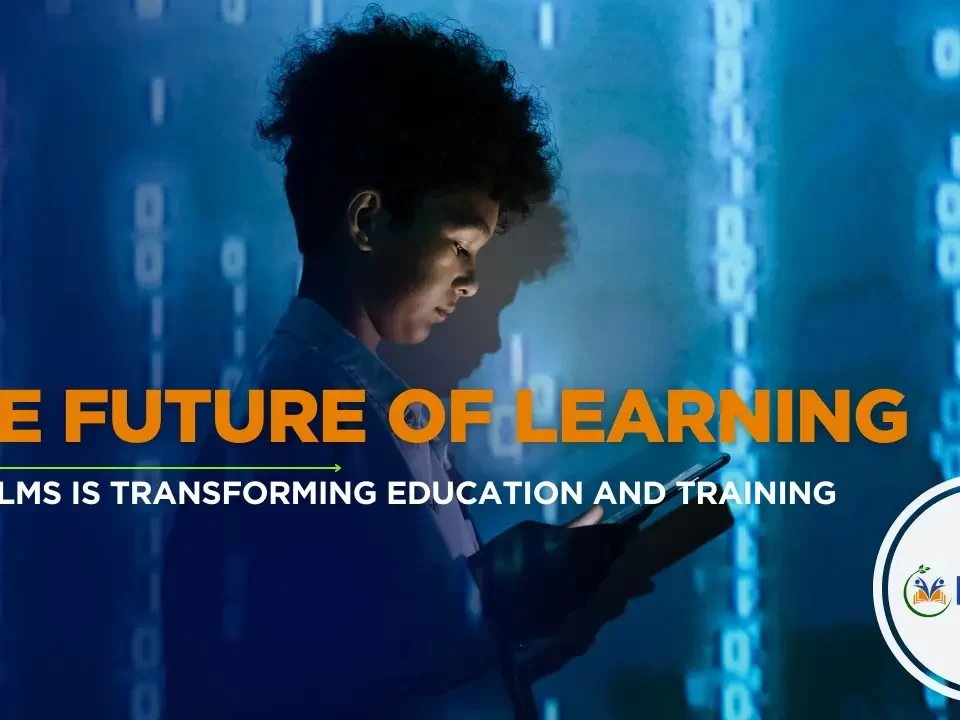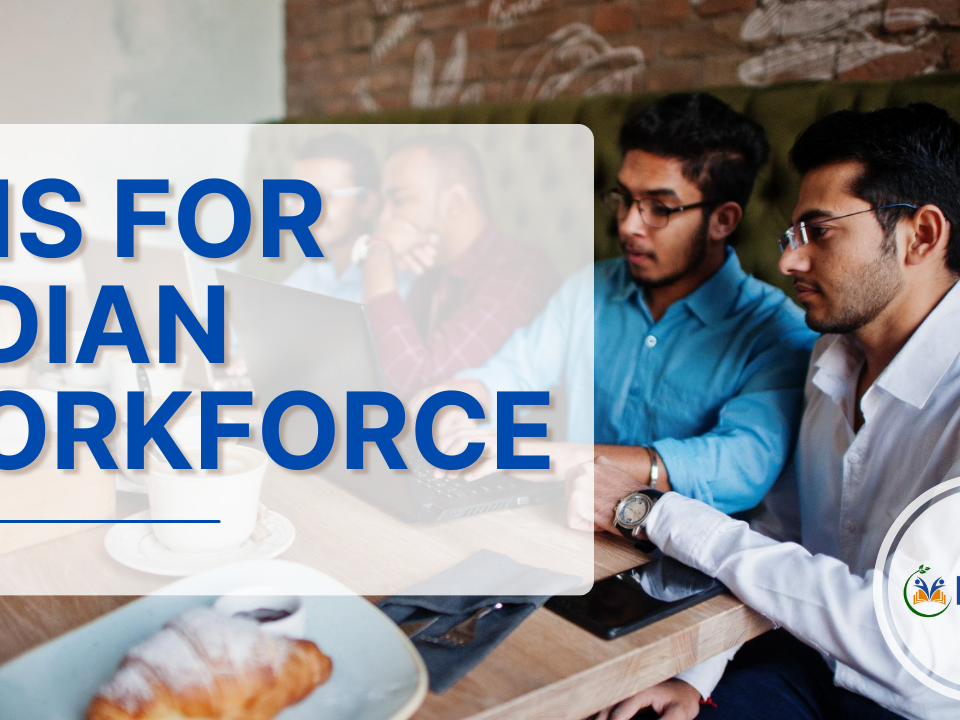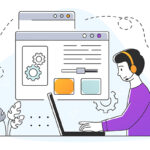
What Is a Learning Management System (LMS)? | Definition
April 18, 2024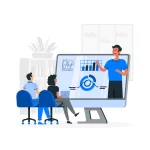
5 Onboarding Best Practices for Building a Winning Training Program
May 23, 2024Building a World-Class Remote Workforce in 2024
The working environment has altered tremendously. The days of crowded central offices and training rooms packed with employees attending in-person training sessions are long gone. The worldwide pandemic has hastened the rise of remote work, which has fundamentally altered how businesses operate and how employees are taught.
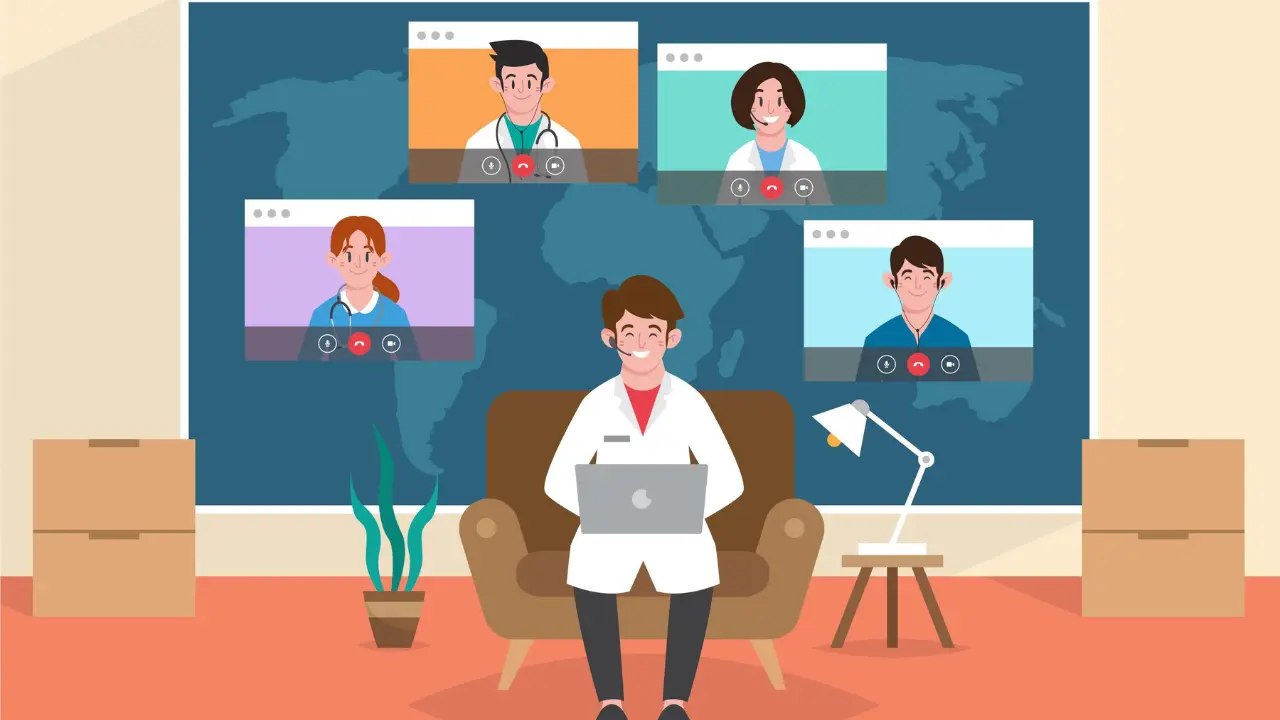
While there are several advantages of working remotely, there is one specific challenge: ensuring that employees who are geographically dispersed receive the education and training they require to excel. We at Knest LMS are completely aware of the difficulties. Having established and led teams for over 25 years, I have direct experience with the importance of effective training as well as the potential pitfalls that may emerge while teaching.
10 Best Practices to Build a Thriving Remote Workforce
- Setting the Scene: Creating a Solid Foundation and SMART Goals
Setting defined, realistic goals is the foundation of every good training program, whether delivered in person or electronically. What do you expect the training will accomplish for your employees? Is it to make them more familiar with a freshly launched piece of software? Enhance your customer service skills? Strengthen their leadership skills?
This is where the structure for SMART goals enters in:
- Specific: Clearly identify your targeted learning objectives. Avoid ambiguities. For example, instead of "improve customer service skills," a SMART objective may be "enhance customer service skills by 20%, as measured by post-training assessments and customer satisfaction surveys."
- Measurable: How will you measure success? Identify quantitative measures for tracking progress and assessing the efficacy of your training program.
- Achievable: Be practical. Consider the time and resources available to both employees and trainers. Break down complicated concepts into small steps. Improve productivity by 100% next month, is certainly a questionable goal.
- Relevant: The training content should be directly related to the demands of your employees and the goals of your firm. Employees must understand the value proposition of the training and how it will help them in their roles.
- Time-bound: Create a clear completion timeline. For example, Reduce the number of priority 1 customer complaints by 50% by the next quarter.
- First Impressions Matter: A Stellar Onboarding Experience for Remote Teams
A remote training program, like a traditional classroom session, should start with a structured onboarding process. This sets the tone for the whole learning process and ensures a smooth transition for new employees. Here's what your remote onboarding session should cover:
- Welcome and Introductions: Create a nice and welcoming environment, even if it is virtual. Introduce team members, trainers, and key leaders within the organization.
- Setting the ground rules: Establish clear expectations for communication, timeliness, and course participation. Explain how the training platform works and resolve any technical concerns.
- Corporate Culture and Values: Introduce new employees to your company's culture and values. This encourages a sense of belonging and connection, particularly among faraway workers.
- The Power of Variety: Engaging Learners with Multimodal Learning Experiences
People learn in many ways. A one-size-fits-all approach to training is just ineffective. Knest LMS allows you to build a diversified and interesting learning experience by using a range of training formats:
- Interactive Video Lectures: High-quality video lectures can be an excellent approach to convey knowledge in an understandable and succinct manner. Break them down into smaller bits to keep people's attention.
- Use quizzes, polls, and other interactive components to engage students and promote information retention.
- Learning Path: It is like a roadmap for learners, guiding them through courses and resources in a structured manner. It helps learners stay focused, track progress, achieve specific learning goals and get a better learning experience. It's particularly helpful for new employees or those looking to develop specific skills, providing a clear direction and ensuring that learning objectives are met.
- Downloadable Materials: Provide learners with downloadable materials such as cheat sheets, reference manuals, and case studies for future use.
- Design Matters: Crafting Compelling and Interactive Learning Materials
Ditch the dry, text-heavy manuals and monotonous slide decks! Employees crave engaging and interactive learning experiences. Knest LMS allows you to create dynamic learning materials that will capture your audience's attention:
- Storytelling: Weave narratives and real-world examples into your training to make the content more relatable and memorable.
- Visual Appeal: Use high-quality images, infographics, and videos to break up text and enhance visual interest.
- Microlearning Modules: Break down complex topics into bite-sized, easily digestible modules. This caters to shorter attention spans and allows learners to focus on specific concepts at their own pace.
- Interactive Activities: Incorporate quizzes, assessments, with surveys, and other interactive activities to keep learners engaged and actively participating in the learning process.
- Case Studies and Real-World Applications: Showcase real-world scenarios and case studies to demonstrate how the learned skills and knowledge can be applied in practical work situations. By focusing on creating compelling and interactive learning materials, you can transform remote training from a chore into a stimulating and rewarding experience.
- Technology is Your Ally: Leveraging Powerful Training Tools
The days of painstakingly creating training programs from scratch are finished. In today's digital world, a reliable Learning Management System (LMS) is required for successful remote training. Knest LMS is a sophisticated platform developed to suit the special requirements of remote learning. Here's how Knest LMS helps you:
- Streamlined Course Creation: Knest LMS provides simple tools for developing compelling and interactive training content, even for non-technical users.
- Easy course distribution and management: The platform makes it simple to distribute training materials, evaluate student progress, and assess overall program performance.
- Scalability: The Knest LMS expands easily to meet the needs of a growing workforce and changing training requirements.
- Easy Interface: An intuitive user interface simplifies the learning process by making it easy for learners to navigate courses, access resources, and track their progress with minimal effort.
- Mobility Reigns Supreme: Making Training Accessible Anywhere, Anytime
In today's mobile-first world, your employees are likely working from various locations and using different devices. This is why ensuring your training content is mobile-friendly is crucial. Knest LMS delivers a seamless training experience on any device, empowering your employees to learn on-the-go, at their convenience.
- Bite-Sized Learning for Big Results: Embracing Microlearning
Let's face it: attention spans are shorter than ever. Traditional, extensive training sessions are frequently stressful and result in knowledge overload. Microlearning provides a convincing answer. Microlearning divides complicated concepts into small, readily consumable modules that may be done in short spurts. This technique accommodates hectic schedules and allows students to work on individual ideas at their own speed.
Here are some advantages of microlearning:
- Knowledge Retention: Shorter, more concentrated modules are simpler to learn and remember than longer training sessions.
- Increased Engagement: Microlearning keeps students interested and eager to learn more.
- Flexibility: Microlearning courses are readily integrated into employees' hectic schedules.
- Cost-effectiveness: Microlearning modules are frequently less time-consuming and resource-intensive to create than typical training programs.
- Empowering Learners: The Power of Self-Paced Learning
Gone are the days of rigorous training plans that forced staff to learn at a certain pace. Modern learning necessitates adaptability. Knest LMS allows you to develop self-paced training programs, giving your workers authority over their learning experience.
This strategy has various benefits:
- Employees with busy schedules may complete training courses when it is convenient for them, incorporating them into their existing processes.
- Personalized Learning: Learners can focus on areas for development and revisit modules as needed.
- Increased Motivation: Self-paced learning promotes a sense of ownership and accountability, which leads to increased motivation and engagement.
- Feedback is a Gift: Gathering Insights to Continuously Improve
Effective training is an ongoing process. Don't operate in a vacuum. After training concludes, it's crucial to gather feedback from your employees. Knest LMS facilitates the collection of feedback through surveys and assessments.
Here's how feedback benefits your training programs:
- Identifying Strengths and Weaknesses: Feedback helps you identify areas where your training program is successful and areas for improvement.
- Meeting Learner Needs: By understanding your employees' feedback, you can tailor future training programs to better meet their needs.
- Enhancing Learning Outcomes: Continuously incorporating feedback into your training programs leads to improved learning outcomes and a more engaged workforce.
- Measuring What Matters: Tracking Progress and Demonstrating ROI
Training shouldn't be a guessing game. To ensure your remote training programs are delivering value, it's crucial to track progress and measure learning outcomes.
Knest LMS provides comprehensive reporting and analytics that empower you to:
- Track Learner Progress: Monitor individual and team progress through the training modules.
- Assess Knowledge Retention: Utilize quizzes, assessments, and pre/post-training tests to gauge knowledge retention and identify areas where employees might need additional support.
- Measure Training Effectiveness: Analyze completion rates, engagement metrics, and feedback data to determine the overall effectiveness of your training programs.
- Demonstrate ROI: Calculate the return on investment (ROI) of your training programs by measuring the impact on key performance indicators (KPIs) such as productivity, customer satisfaction, and error rates.
Building a World-Class Remote Workforce: A Winning Combination
By following these 10 best practices and leveraging the power of a robust LMS like Knest LMS, you can build a world-class remote workforce equipped with the skills and knowledge necessary to thrive in today's dynamic business landscape. Here's a quick recap:
- Set SMART Goals: Establish clear and achievable goals for your training programs.
- Stellar Onboarding: Create a well-structured onboarding experience for new remote hires.
- Variety is Key: Engage learners with a diverse range of training formats.
- Compelling Content: Design engaging and interactive learning materials.
- Technology as Your Ally: Utilize a powerful LMS to streamline training delivery and management.
- Mobile-First Approach: Ensure training content is accessible on any device.
- Embrace Microlearning: Break down complex topics into bite-sized modules.
- Empower Learners: Offer self-paced training programs to cater to busy schedules.
- Feedback is Valuable: Gather feedback from learners to continuously improve your programs.
- Measure for Success: Track progress and demonstrate the ROI of your training initiatives.
Remember that a properly trained remote staff is productive, engaged, and successful. Investing in your workers' learning and development ensures your organization's future.


